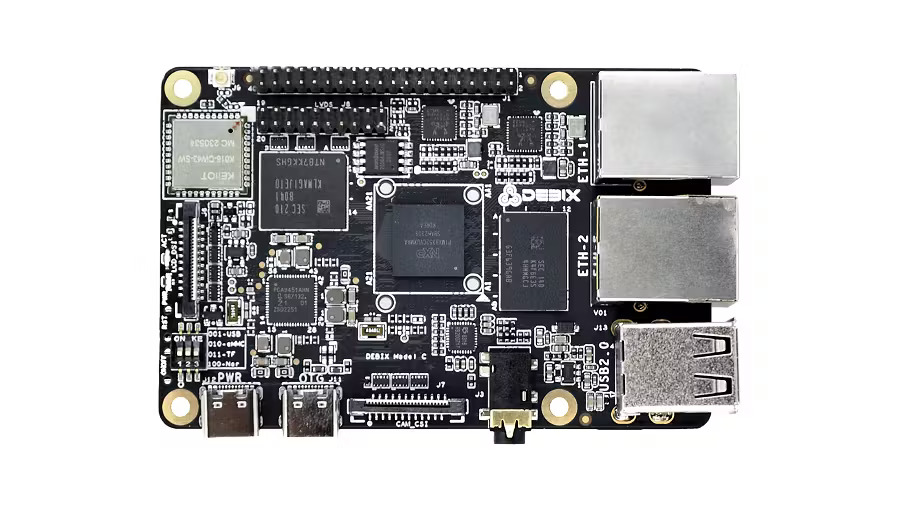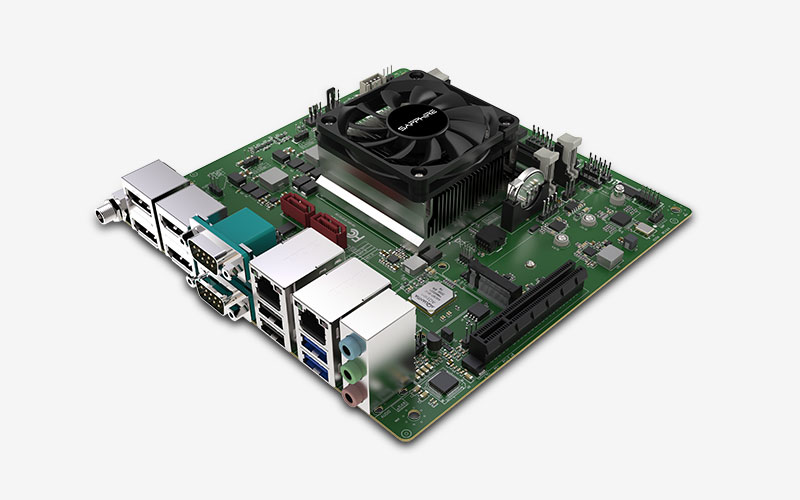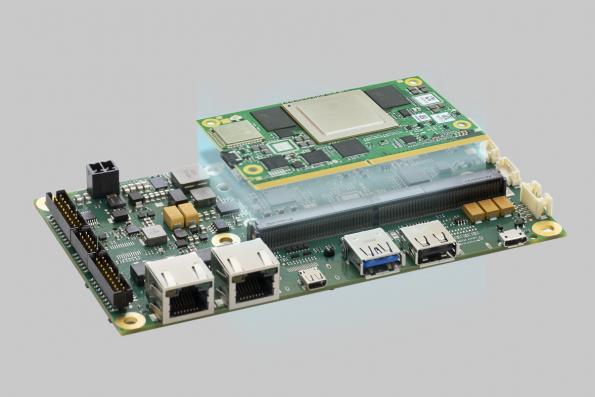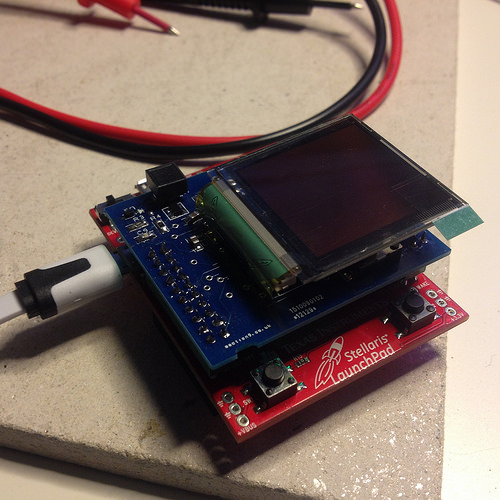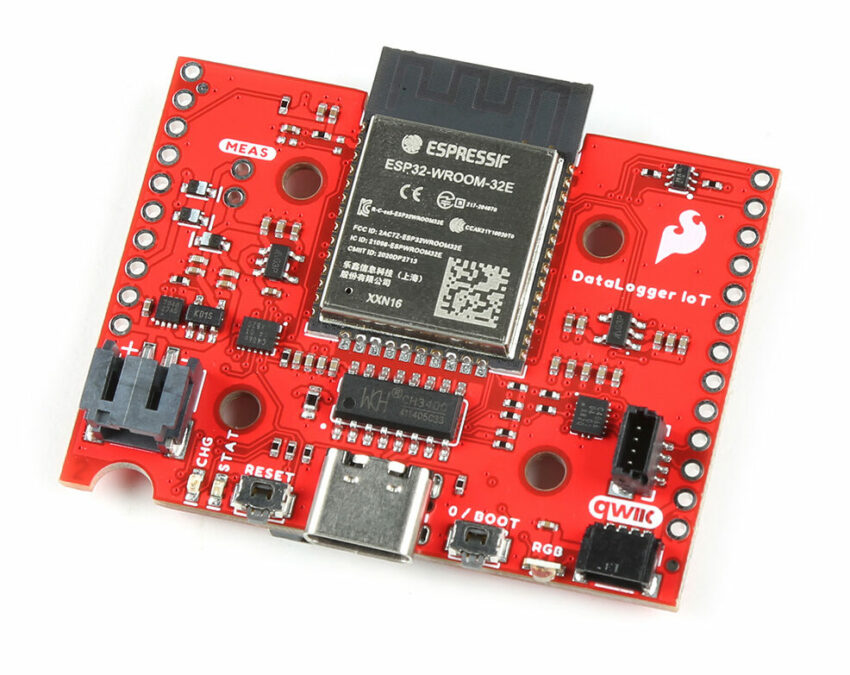
SparkFun has developed DataLogger IoT based on the company’s original DataLogger IoT 9DoF compromise of the STMicroelectronics ISM330DHCX and MEMSIC MMC5983MA. The all-new DataLogger IoT is a device designed to log various data types, such as GPS coordinates, pressure, humidity, and distance measurements.
The device can automatically detect and configure Qwiic sensors, making it easy to connect and use a variety of sensors without manual setup. It can log data from sensors and GNSS (Global Navigation Satellite System) receivers. This means it can capture data from multiple sources simultaneously.
The logged data can be saved in standard formats like CSV (Comma-Separated Values) or JSON (JavaScript Object Notation), making it easy to analyze and work with the recorded information. The user can store the logged data on a microSD card or send it wirelessly to an Internet of Things (IoT) service of your preference.
The device can time-stamp the data when it’s synchronized with time sources like NTP (Network Time Protocol), GNSS (Global Navigation Satellite System), or RTC (Real-Time Clock). This ensures accurate time information for your logged data.
The DataLogger IoT offers a high degree of configurability, meaning you can customize its settings to suit your specific needs. To interact with the DataLogger IoT’s configuration settings, you need to connect it to a computer using a USB-C cable. After connecting the device, you’ll need to open a serial terminal program on your computer. The serial terminal communicates with the DataLogger IoT using a specific baud rate of 115200 bits per second.
Once the serial terminal is open and connected, the data being logged by the DataLogger IoT is automatically streamed to the terminal window. To configure the DataLogger IoT, you can access the configuration menu by pressing any key within the terminal window.
The device comes with MicroSD card compatibility. Specifically, it supports 4-bit SDIO with microSD cards formatted as FAT32 and the older FAT16 (FAT) formats, up to a capacity of 32 gigabytes (GB).
The DataLogger IoT offers flexibility in data logging intervals. It can be configured to take readings as frequently as 26 times a second with the default sensors activated or as infrequently as one reading every 24 hours. This level of control allows users to adjust the logging frequency based on the specific requirements of their application.
The SparkFun DataLogger IoT is $20.00 cheaper than the original 9DoF version. For interested engineers, the device is currently available for purchase on SparkFun’s official product page at $54.95.





